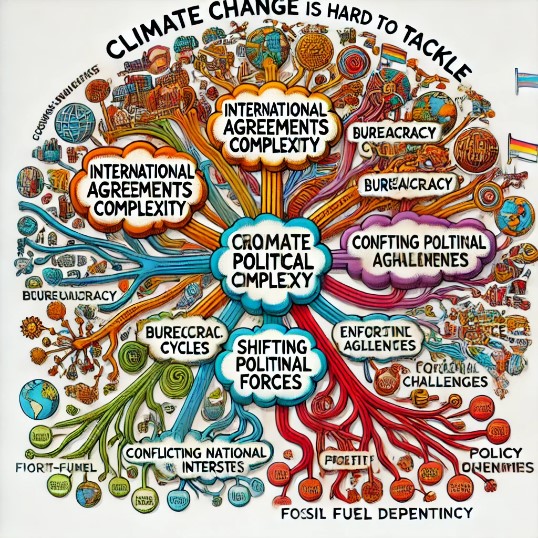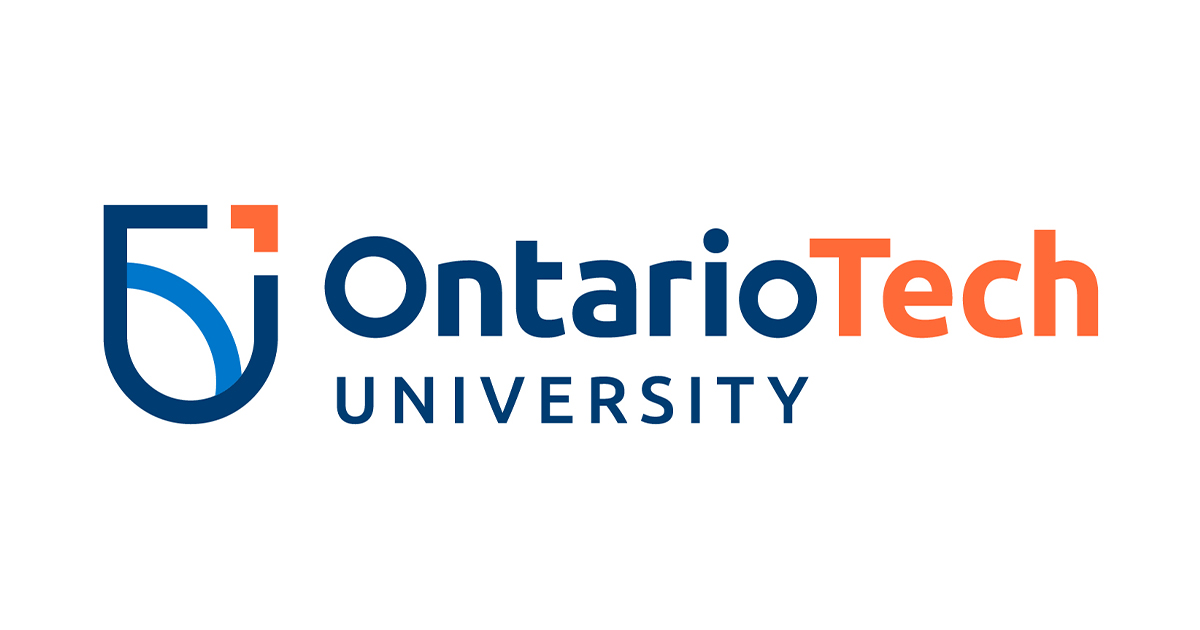Generative Artificial Intelligence in Academic Writing
AI in the Writing Process
Generative AI (GAI) tools can aide in the writing process if usage is permitted. There are several ways in which GAI can be utilized to assist in your writing.
Stage one: Planning
Here are some examples of Generative AI (GAI) in the planning stage:
Brainstorming
When seeking some general information on a topic, GAI can be a useful aide to get ideas on a large variety of topics.
Note: It is your responsibility to ensure that the information you use in your academic work is accurate as GAI tools may produce information that is inaccurate or fabricated (Hellström, 2024).
Example one:
Prompt used: “What are some modern applications of biotech?”
Output (ChatGPT): “Biotechnology has revolutionized numerous fields in recent years, with its applications extending across healthcare, agriculture, environmental science, and industrial processes.”
Example two:
Prompt used: “tell me about Nool from Ontario Tech University”
Output (ChatGPT): “Nool is a campus mascot and character representing Ontario Tech University, located in Oshawa, Ontario, Canada. It is part of the university's effort to create a fun and engaging presence on campus”.
Note: The information above is not accurate. Nool is an academic resource developed and maintained by Ontario Tech Student Learning Centre staff, not a mascot. In the absence of information to answer questions, GAI tools such as ChatGPT and Gemini may offer answers that seem plausible but lack correctness or factual accuracy.
Outlining
GAI tools can be used to build outlines for your academic work based on your ideas that you have come up with or thesis/problem statements. These outlines can form a basis or plan for your writing with some key points for each of your paragraphs you can add to.
Note: It is helpful to specify your key points as well as format (e.g., research essay, literature review) when utilizing GAI to build outlines.
Gathering specific information about a topic
GAI tools can give more specific ideas or points when further developing your topic. By specifying exactly what information you are looking for (e.g., “specific applications of AI in education), you can use GAI as a potential tool to get more detailed information to get writing.
Note: As discussed, you must ensure that this information is factually accurate as a student in academic contexts. AI may create hallucinations (information that is not real) due to biases or data limitations, resulting in false or inaccurate outcomes (Aksoy & Kursun, 2024).
Example one:
Prompt used: “tell me applications of AI for nursing”
Output (ChatGPT): “AI has several impactful applications in nursing education and practice, including:
Clinical Decision Support
AI-powered tools like predictive analytics and diagnostic systems assist nurses in identifying potential health risks, improving diagnosis accuracy, and recommending personalized care plans.”
Note: The following information appears to be correct. To offer an example, the following scholarly article contains reference to similar concepts.
Example two:
Prompt used: “What are some concerns with generative AI in European Union law?”
Output (ChatGPT): “Generative AI poses several legal, ethical, and regulatory concerns in the European Union (EU). The EU is actively addressing these concerns through existing and proposed legislation, such as the AI Act, the General Data Protection Regulation (GDPR), and other frameworks.”
Visual representations of ideas
GAI tools can be utilized to translate text into visual representations of ideas such as mind-maps to help you organize and plan for your writing. GAI tools such as ChatGPT and Miro have the ability to create visualizations of text for consideration in your academic writing process. Please see the example below (Figure 1).
Figure 1
Visual representation of essay from ChatGPT

Note: The image above is raw output from ChatGPT, it contains errors in spelling of certain words. Exercise caution when using visual output from GAI as errors may be generated in visualizations.
Stage two: Drafting
When using GAI to generate written text for your assignments, it is very important to consider several aspects:
-
First and foremost, check AI policies from each course or professor in your syllabi and other course documents to review GAI guidelines and policies in your courses. There are several usage cases depending on course and professor. Here are some common examples:
-
In certain cases, GAI usage may be allowed with proper citation/attribution. In these cases, make sure to ensure you are properly citing or disclosing GAI usage in accordance with your course guidelines/policies.
-
In many cases, generating text for inclusion in your assignment or writing is explicitly forbidden. Ensure that you follow these policies and guidelines in these cases.
-
In other cases, a professor may allow GAI usage with permission. Please ensure to check with your professors or Teaching Assistants (TA) as to what is allowed and what may not be in these cases.
-
GAI can also be used to generate examples of assignments that may be helpful in understanding the format and style of different types of written work (e.g., literature reviews, research essays, memos). However, always ensure to carefully examine and review any examples provided by your professor as these resources are selected for relevance to your course assignments.
-
Stage three: Revising
GAI tools such as Grammarly can be used to check many areas of written work such as clarity, conciseness, and grammatical accuracy.
By using specific prompts, GAI can refine text in several areas. Please see below for some specific examples:
- Revising the text for clarity in ideas.
- Revising for repetition.
- Revising for length.
- Revising for complexity of ideas.
- Revising for paragraph consistency.
- Other revisions as needed.
Example (original text with errors):
The nature of copyright infringement has changed in the digital era, making it not easy for the rules that are already place to effectively preventing infringements. At presently, there exists poor defined legislation to defend copyright violations in the face of adoption of AI to generate content. Therefore there are limited legal resources must defend against infringements of copyright occurring result from of the usage of AI.
Example (revised using GAI):
The nature of copyright infringement has changed in the digital era, making it challenging for the rules already in place to prevent infringements effectively. Presently, there is a need for better-defined legislation to defend against copyright violations in the face of the adoption of AI to generate content. Therefore, there are limited legal resources that must protect against copyright infringements occurring due to the usage of AI.
As in other stages of writing, there are specific concerns that can result from the usage of GAI in revising your writing. Please see below for some specific concerns that can arise:
-
Using GAI to revise and editing your writing may result in “plagiarism” as a result of modifications that mean your writing is no longer your own. This can happen through modifications during the process of revising and editing using GenAI. As a student, it is your responsibility to ensure that you are not committing plagiarism or being academically dishonest in accordance with the policies and guidelines of your institution and course.
-
Please see the Using ChatGPT webpage for guidance and considerations for Generative AI usage from Ontario Tech University.
-
The usage of artificial intelligence in coursework may constitute breaches of Academic Integrity Policy at Ontario Tech University, be sure to carefully review the policy.
References
Aksoy, D. A., & Kursun, E. (2024). Behind the scenes: A critical perspective on GenAI and open educational practices. Open Praxis, 16(3), 457–470. https://doi.org/10.55982/openpraxis.16.3.674
Amirjalili, F., Neysani, M., & Nikbakht, A. (2024). Exploring the boundaries of authorship: a comparative analysis of AI-generated text and human academic writing in English literature. Frontiers in Education (Lausanne), 9. https://doi.org/10.3389/feduc.2024.1347421
Hellström, T. (2024). AI and its consequences for the written word. Frontiers in Artificial Intelligence, 6. https://doi.org/10.3389/frai.2023.1326166
